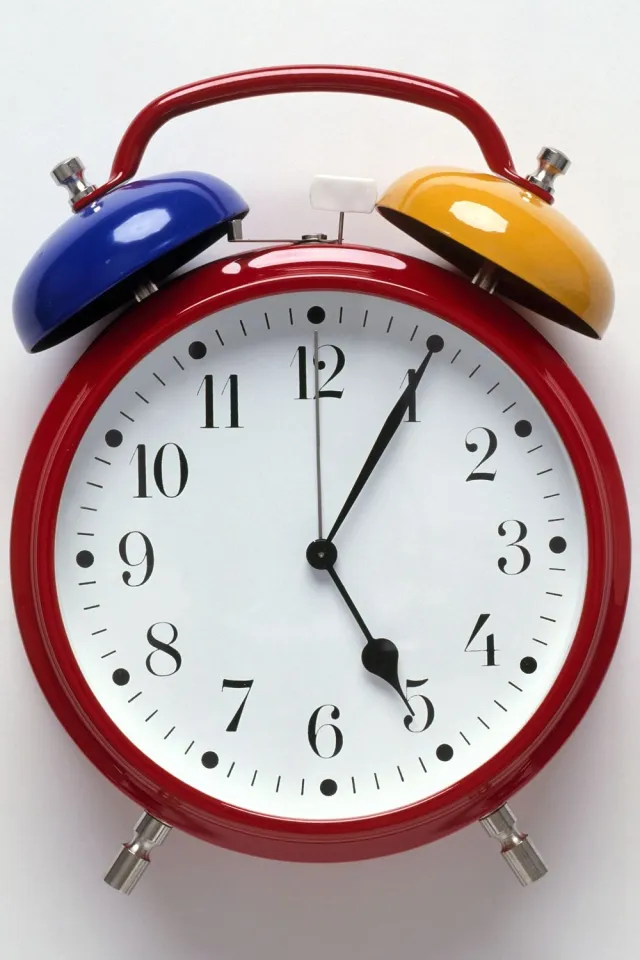As the leaves begin to fall and the air turns crisp, one familiar autumn tradition in the UK takes center stage the end of Daylight Saving Time (DST). Each October, Brits set their clocks back by one hour, transitioning from British Summer Time (BST) to Greenwich Mean Time (GMT). But when exactly does this happen, and why do we still do it?
When Do the Clocks Change for GMT?
The Transition to Winter Time
The clocks go back on Sunday, October 28, 2018, at precisely 2am. At this point, the time shifts back to 1am, marking the end of DST and the beginning of GMT.
This change signals the approach of winter and serves a practical purpose: providing more daylight in the morning and less in the evening. For example, 6pm BST becomes 5pm GMT—meaning it gets darker earlier in the evening. Conversely, 8am BST becomes 7am GMT, resulting in lighter mornings.
Why Is It Called GMT?
Greenwich Mean Time refers to the mean solar time at the Royal Observatory in Greenwich, London. It serves as the baseline for timekeeping around the world.
Do I Gain or Lose an Hour?
The Perk of Extra Sleep
When the clocks go back on October 28, you actually gain an hour—perfect for an extra hour of sleep or one more round at the pub. The phrase “spring forward, fall back” helps people remember that we lose an hour in spring but gain one in autumn.
Automatic vs Manual Time Changes
Most internet-connected devices like smartphones, tablets, and computers will update the time automatically. However, manual clocks, car dashboards, and older appliances may require a manual adjustment.
Why Do We Have British Summer Time and Daylight Saving Time?
A Century-Old Idea
The modern concept of Daylight Saving Time was introduced by British builder William Willett in 1907. Frustrated by people wasting daylight hours in summer, Willett published a pamphlet titled “The Waste of Daylight.” He proposed moving clocks forward by 80 minutes in April and reversing them in September over four staged changes.
Unfortunately, Willett died in 1915 and didn’t live to see his idea adopted. Germany became the first country to implement DST on April 30, 1916, during World War I. Britain followed on May 21, 1916, with the Summer Time Act.
The Arguments For and Against DST
Benefits According to Supporters
- Energy Savings: Originally, DST was believed to reduce household energy use, particularly coal.
- Safety: Lighter evenings can decrease traffic accidents, as more commuting happens in daylight.
- Tourism and Recreation: Extended daylight hours boost outdoor activities and encourage spending. The golf industry alone claims an extra month of DST adds up to £246.6 million in revenue.
- Public Health: Brighter evenings promote exercise and mental well-being.
Criticisms and Controversies
- Dark Mornings: A full year of BST would mean much darker winter mornings, increasing risk for school children walking to school.
- Energy Debate: Critics argue the energy-saving claim is outdated, especially with widespread air conditioning and modern lighting.
- Mixed Public Opinion: A 2011 YouGov poll showed 53% of Brits supported permanent BST, while 32% opposed it.
- Safety Risks: During a trial of permanent BST from 1968 to 1971 in Scotland, there was a noted rise in road fatalities and serious injuries.
The Legacy of William Willett
A Visionary Before His Time
William Willett might not be a household name, but his influence on how we experience daylight endures. His great-great-grandson? None other than Coldplay frontman Chris Martin—a fun pop culture connection.
Though Willett never saw his vision enacted, his legacy lives on through each seasonal clock change. His original goal—to make better use of daylight—still resonates in today’s society.
Is Daylight Saving Still Relevant?
Changing Perspectives
In 2019, the European Parliament voted to end mandatory DST across the EU. Yet the UK, post-Brexit, has opted to retain the system for the foreseeable future. This decision highlights an ongoing divide between tradition and modern convenience.
Alternatives Considered
Over the years, the UK has tried different models:
- Double Summer Time (GMT + 2 hours): Used during WWII to maximize productivity.
- Permanent BST: Tested in the late 1960s but abandoned due to safety concerns in northern regions.
Despite the debates, the UK has kept its current system unchanged since 1972.
Final Thoughts: Enjoy That Extra Hour
So, as October 28 rolls around, remember to set your clocks back and enjoy the extra hour. Whether you spend it sleeping, working, or having fun, that added time is a seasonal gift rooted in a century-old idea.
And who knows—maybe one day the UK will follow the EU’s lead and ditch the clock changes altogether. Until then, “spring forward, fall back” remains a trusty guide as we move between British Summer Time and Greenwich Mean Time.
- Sheffield United vs Sunderland LIVE: Championship play-off final result, match stream and latest updates toda - June 5, 2025
- Tulsi Gabbard Net Worth - June 5, 2025
- Explore New Mexico’s THC Infused Beverages - June 5, 2025







